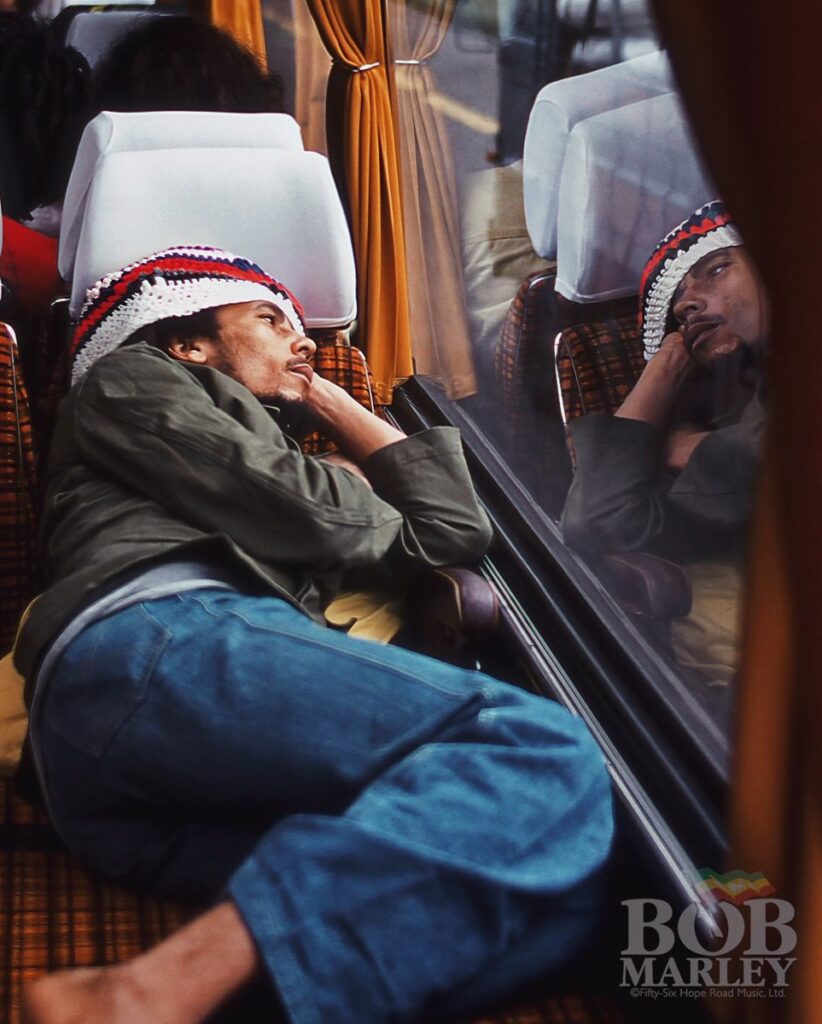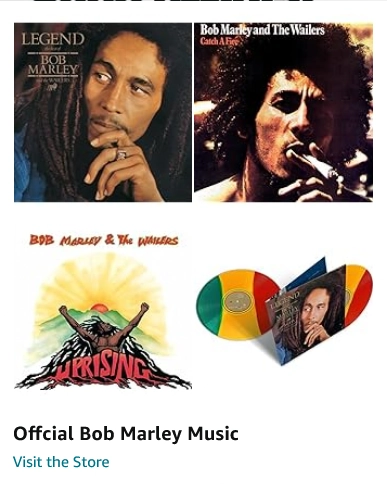In September 1980, during a nationwide tour in the U.S., Marley’s health deteriorated significantly. Ignoring pleas from his concerned wife to take it easy, he continued the strenuous tour until a fateful night at Madison Square Gardens, where he fell ill and suffered a stroke. Rushed to Sloan-Kettering Cancer Center in Manhattan, New York, doctors discovered the extensive spread of cancer. Neurologists warned that survival was unlikely if the tour persisted.
Controversial Treatment: The German Doctor and the Ringberg Clinic
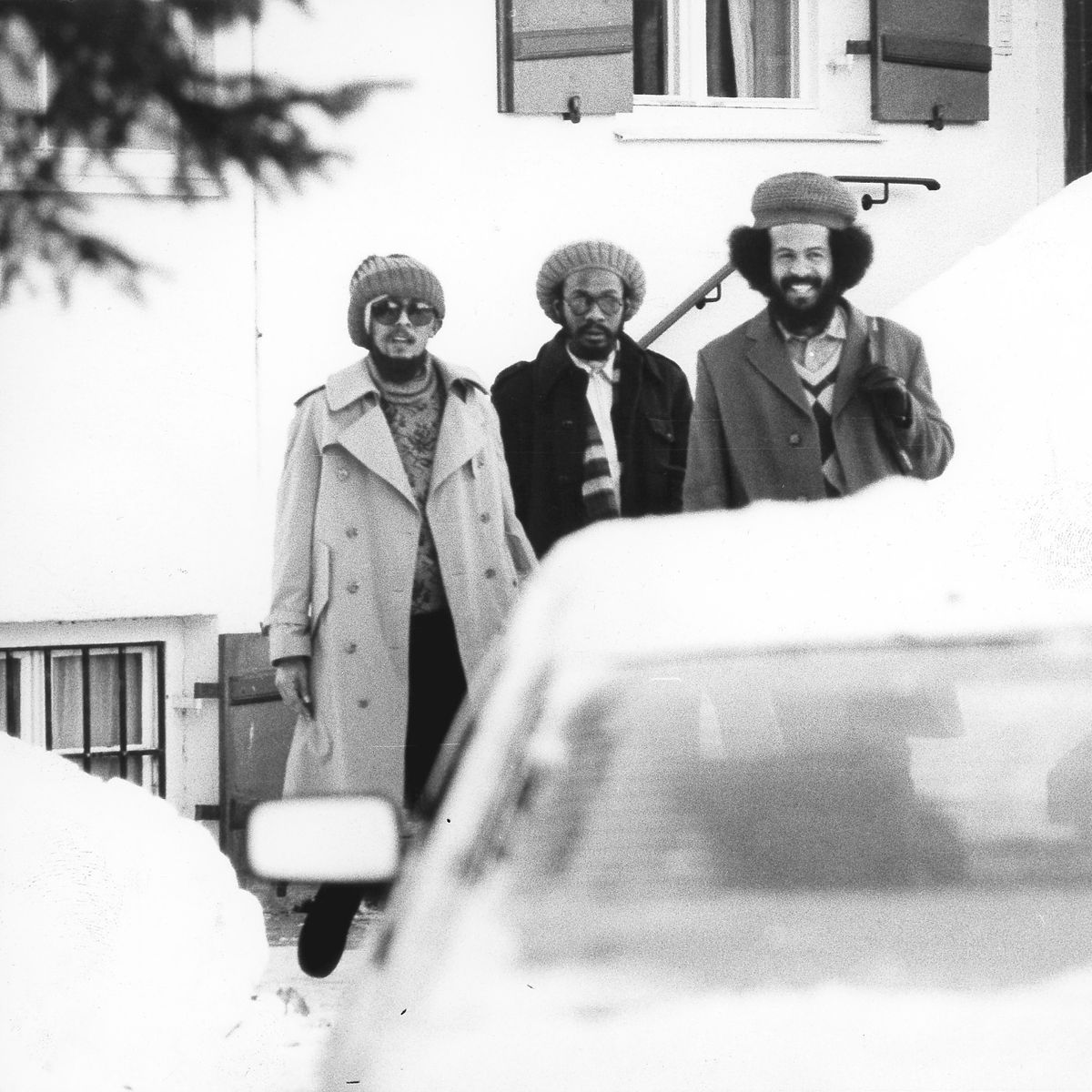
Disenchanted with western medicine and New York media scrutiny, Bob Marley sought treatment in Jamaica under Dr. Carl Fraser. However, the grim prognosis led him to Dr. Josef Issels, a German physician with a controversial past.
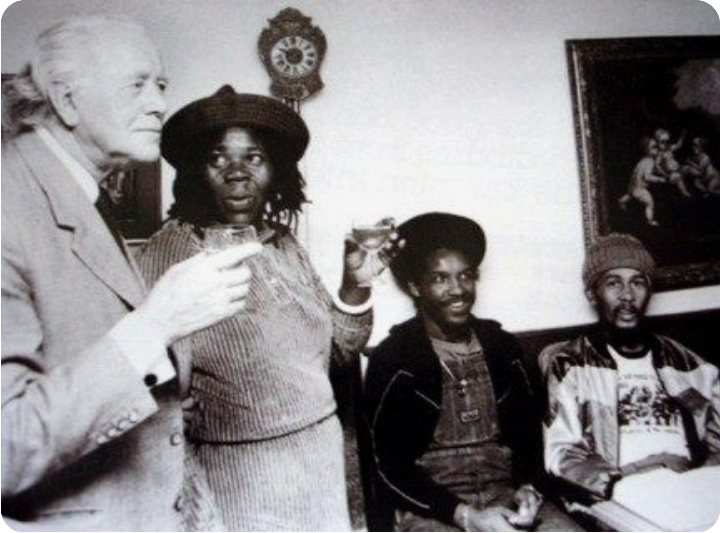
Despite initial hopes, Bob’s mother, Cedella Booker-Marley, according to www.bobmarley1love.org, alleged that Dr. Josef deliberately tortured her son, contributing to his tragic demise. The treatment at the Ringberg Clinic in Bavaria raised questions about ethics and accountability.
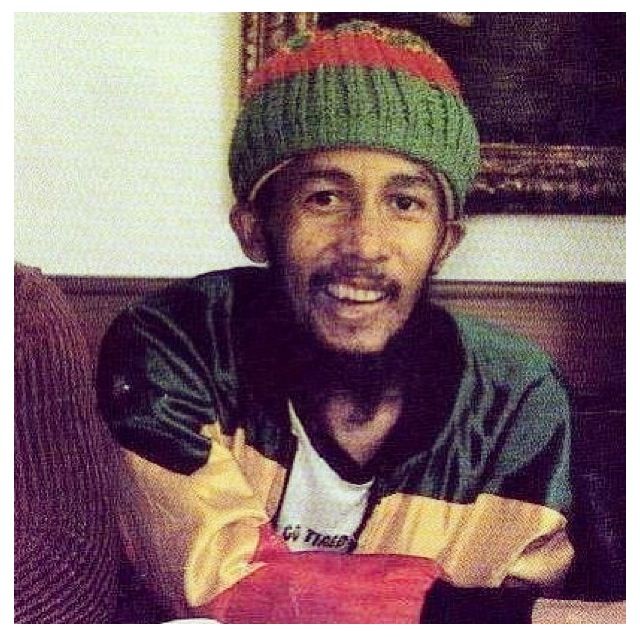
He stayed there for five months, where he celebrated his 36th birthday. However his associates decided that his last days should be spent in Jamaica and Bob was taken away, from the centre, to return to his home land. While in transit his health deteriorated and he was taken to Cedars of Lebanon Hospital later called, The University of Miami Hospital, where he died on May 11, 1981.
A send off for a king
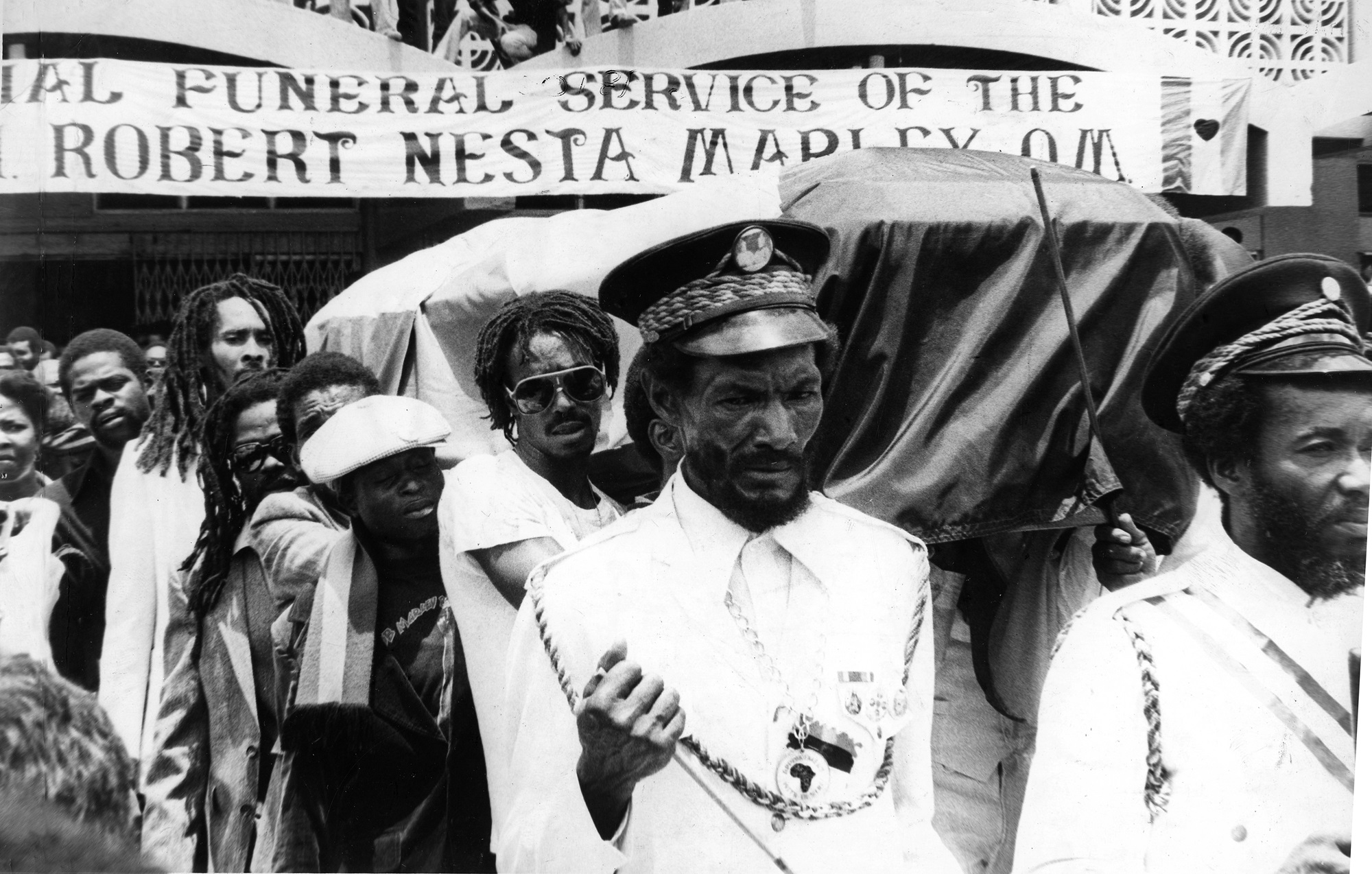
Bob Marley, the legendary reggae icon, bid farewell to the world eleven days later on May 21, 1981, in a funeral ceremony that became a historic event in Jamaica.
The Final Farewell in Nine Mile
Bob Marley’s final resting place was Nine Mile, the village where he was born 36 years earlier. The heavy bronze coffin, adorned with the colors of red, green, and gold, was placed in a temporary mausoleum atop the highest hill in the village. The mausoleum housed not only Marley’s embalmed body but also his iconic red Gibson Les Paul guitar, an open Bible at Psalm 23, and a stalk of ganja placed by his widow, Rita, during the emotional funeral ceremony.
The starting point at the National Arena
Before reaching Nine Mile, Marley’s body went through an elaborate ceremony at the National Arena in Kingston. The public had the opportunity to pay their respects as the coffin, open for viewing, allowed an estimated 100,000 individuals to file past. The atmosphere was charged with emotion as Marley’s head, covered in a wig due to his battle with cancer, was once again adorned with dreadlocks.
State Funeral Preparations

Bob Marley funeral, 1981.
Marley’s impact on Jamaica was evident as the announcement of the national budget was postponed to accommodate his state funeral. Invitations were sent, a mausoleum was constructed, and security was organized at the National Arena. The prime minister, Edward Seaga, prepared a eulogy for the ceremony, acknowledging Marley’s contributions with the Order of Merit conferred weeks before his death.
Inside the Ethiopian Orthodox Church
The day before the funeral, a service for family and close friends took place at the Ethiopian Orthodox Church of the Holy Trinity. The coffin, after the service, was transported to the National Arena, where a 6,000-strong congregation gathered. The ceremony featured an Anglican hymn, readings, and eulogies by figures such as Michael Manley and Skill Cole, adding a unique blend of cultural elements.
The Extraordinary Musical Tribute
As Marley’s band took the stage, the atmosphere transformed from somber to celebratory. The I-Threes sang “Rastaman Chant,” followed by the Wailers performing “Natural Mystic.” In a surreal moment, Marley’s sons Ziggy and Stevie danced on stage, emulating their father’s iconic moves. The ceremony concluded with a powerful rendition of Curtis Mayfield’s “Amen” by Cedella Booker.
The Journey Home to Nine Mile
The funeral cortege left Kingston, passing significant locations in Marley’s life, including the house where he survived an assassination attempt in 1976. Crossing through various parishes, it reached Nine Mile, where a helicopter captured the scenic arrival of the cortege. The final moments included a brief ceremony of interment and a heartfelt goodbye to the iconic musician.
Today, as we reflect on that historic day, we honor the reggae legend’s journey home to Nine Mile, where his legacy continues to thrive. For more captivating stories on iconic moments in history, visit kareemsquest.com.
Source:

